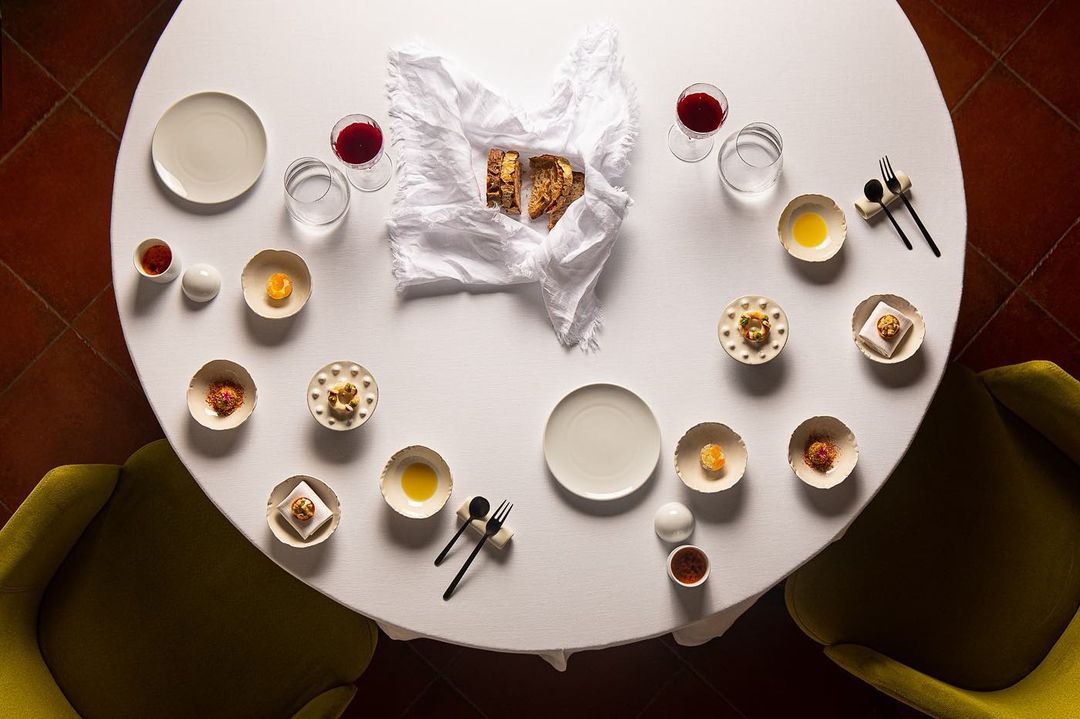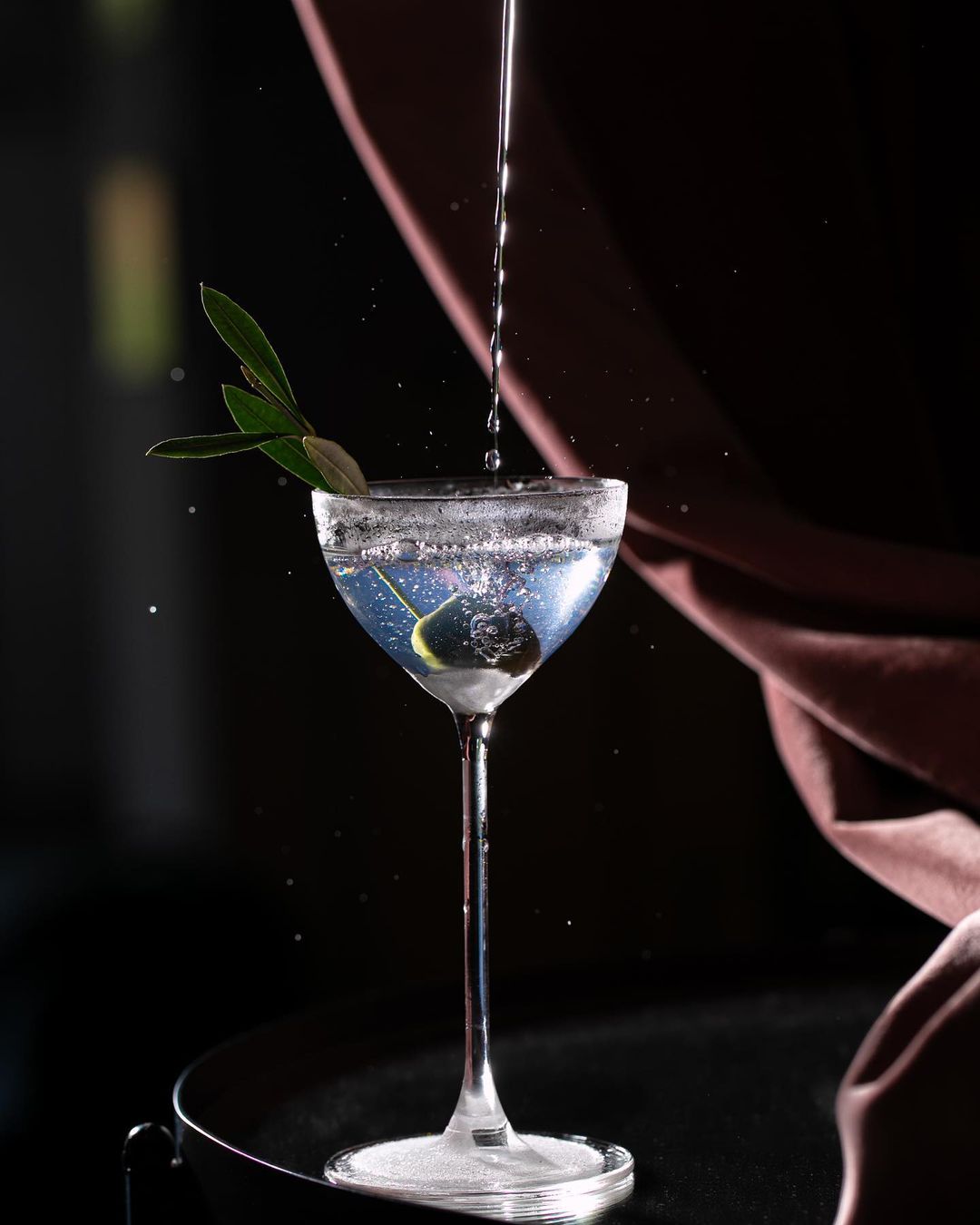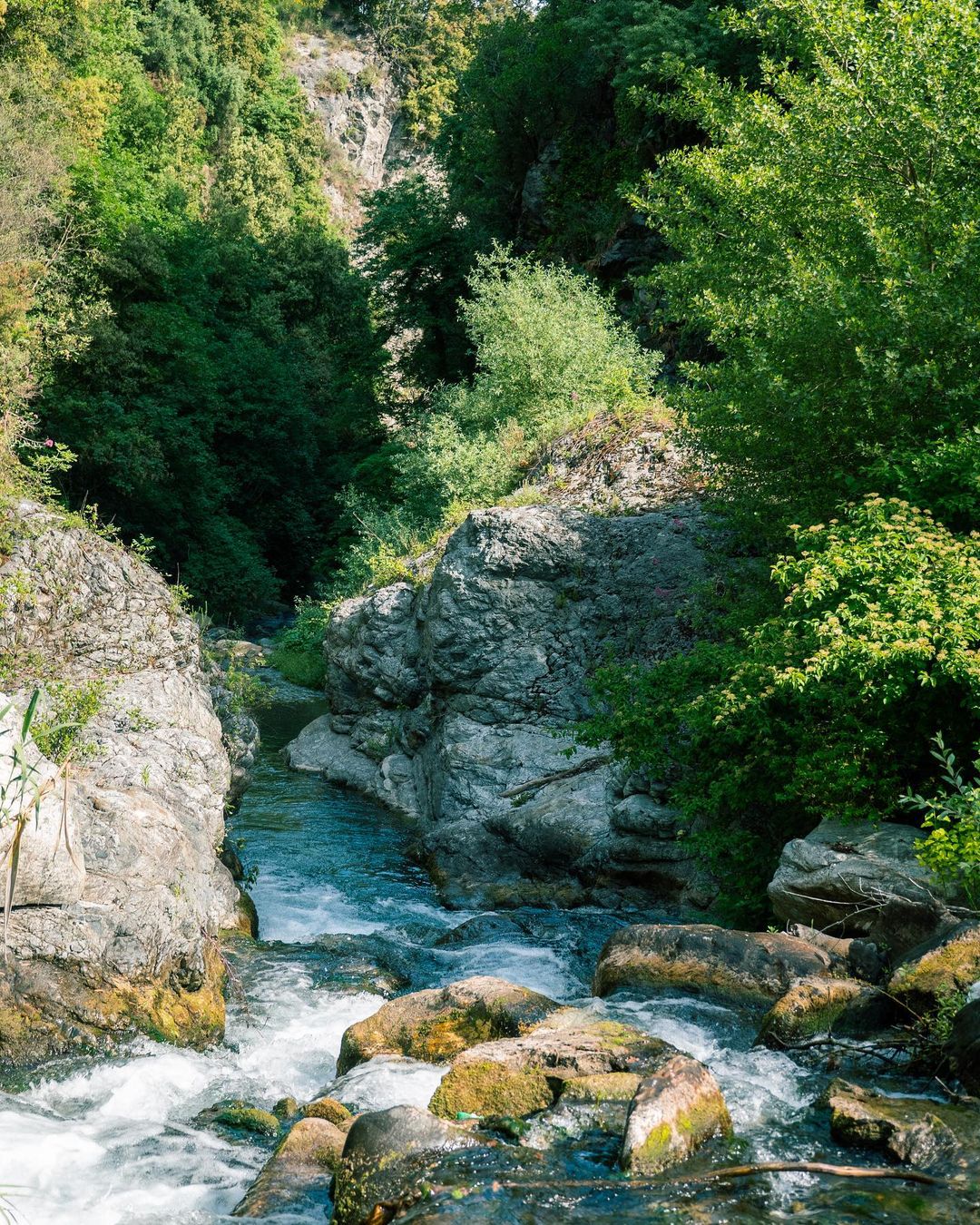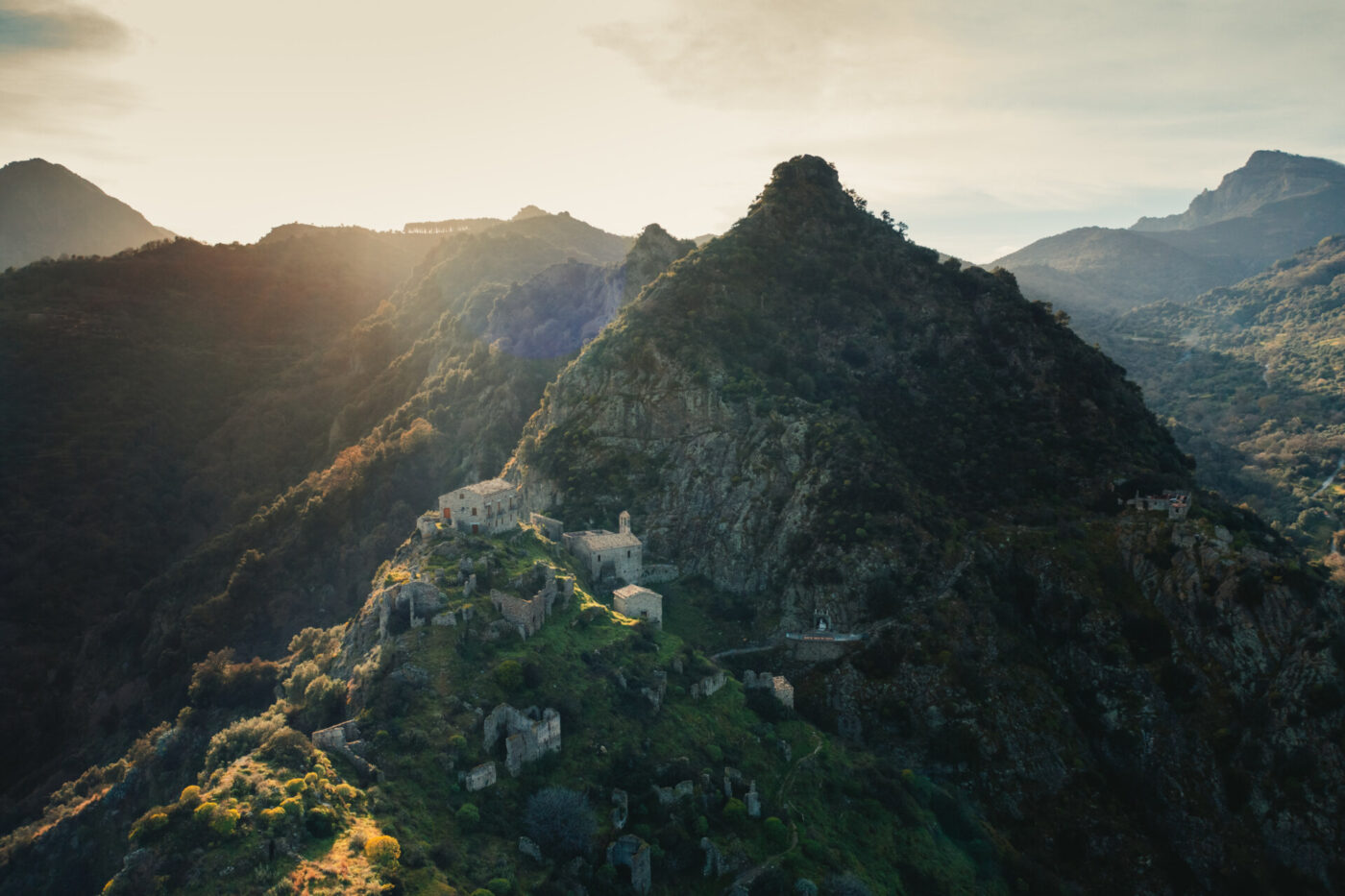In Italian, “Aspromonte” translates to “bitter mountain”, though “aspro” can also mean sour, tough, difficult, impregnable, acrid–all adjectives that aptly describe this rocky massif which approaches 2,000 meters, a succession of steep landscapes, gorges, and nearly impassable nooks and crannies. We are at the southernmost tip of Calabria, the southernmost region of the Italian mainland, the last outpost of the Bel Paese that has escaped mass tourism. Yet for me and anyone who has memories of the 1990s, Aspromonte is quite well-known, at least by name. Aspromonte is one of those places with such a long and troubled history that it forces you to question what is legacy, what is reality, and how the collective imagination in Italy can evolve–thanks to the likes of American TV programs and Google Maps.
First and foremost, Aspromonte is beautiful. Since 1989, it’s been a national park, and the reason is that, in addition to forests, woods, and a wide variety of plants and animals, the mountainous area is one of the most significant geological heritages of the Mediterranean. Its rocks are the memory of continents, seas, and oceans that no longer exist today. It’s a wild territory that offers unexpected panoramas, where you transition from beach umbrellas to chalets with pointed roofs in just a few dozen kilometers; where expanses of white fir forests at one turn switch to bare rocks reminiscent of the Dolomites at another; where you swiftly move from the Tyrrhenian Sea to the Ionian Sea, traversing narrow roads that cut through rare flora and fauna.
In 1956, the first ski resort in southern Italy was built in Gambarie, a mountain town within Aspromonte. Those born in neighboring regions used to come here for vacation, skiing in the winter and picnicking in the summer, but I didn’t know this until I arrived to meet Chef Nino Rossi, representative of Calabrian cuisine’s fine dining renaissance. His Michelin-starred restaurant Quafiz, in Santa Cristina d’Aspromonte, garnered him the role of the first “Ambassador of the Aspromonte National Park to the world”. Nino’s voice represents the Calabria that wants to break free from gastronomic–and other–prejudices that linger over the land.
For me, a Milanese of his generation, Aspromonte has always been synonymous with crime reports, news, and stories of the mafia, or rather, the ‘ndrangheta (the word “mafia” technically refers exclusively to the Sicilian syndicate). From the 1960s until the 1990s, stories of kidnappings at the hands of these local criminal organizations abounded; adults and children abducted across Italy were hidden in the impenetrable Aspromonte until ransoms were received. Dozens and dozens of people–how many exactly no one will really know–were snatched this way, including John Paul Getty III, scion of the billionaire family. Locri, Platì, the Sanctuary of Our Lady of Polsi, and Santa Cristina d’Aspromonte–towns and sites hidden within the woods, often hometowns of local padrini–are names that, like clockwork, were broadcasted on national news and in newspaper articles reconstructing the criminal activities and interests of the crime syndicates. I didn’t even know exactly where they were on the map; they were small, isolated villages with a few hundred inhabitants, more than a thousand kilometers from my home, and yet their names were as familiar as those of Milan’s neighborhoods.
“Life for shepherds in Aspromonte is not easy, especially in winter when the turbulent torrents flow into the sea, and the land seems to sail on the waters. The shepherds live in houses made of branches and mud, sleep with the animals, and the torrents have a deafening voice,” wrote Corrado Alvaro in his 1930 story People of Aspromonte. It’s easy to imagine what life was like here until the economic boom: harsh. In this era (not so long ago), Calabrians lived isolated in the mountains without electricity, running water, or drivable roads. The many abandoned villages that have remained frozen in time serve as evidence: Amendolea, Africo, Roghudi, Precacore, and Bruzzano Zeffirio are just a few of the ghost towns you can visit (with caution!) to open a window into 20th-century Calabria.
The isolation of Aspromonte was such that, towards the Ionian Sea, there is even an entire area where, after more than 2,000 years, ancient Greek contaminated with local dialects has become its own spoken language, Grecanic. “Calabria has been preserved in its natural state because it hasn’t been exploited on an industrial scale. It was cut off from the ‘development’ of post-war Italy, and so its territory, for better or worse, is still untouched,” Nino tells me. The collective imagination in Italy sees Calabria’s coast as a place brutalized by ugly buildings–but this is just another unfounded stereotype. There certainly aren’t the eco-monsters you’d expect. “But what are you going to do there?” is the recurring question, delivered with a little scoff, when you announce that you want to spend 10 days around this mountain massif, which, for me, has displaced any previous prejudice.

Quafiz, Photography by Alberto Blasetti
“Even though I was born here, Aspromonte is a continuous discovery, an inexhaustible source of inspiration,” Nino tells me. “An example? Twenty-five types of wild chicory. The more I look, the more I discover something new every day. This is a territory whose story has not been told and, therefore, is still waiting to be explored.” Nino takes me around to pick wild fennel and white fir, to see waterfalls and forests. We go for breakfast, and everyone seems to know him; he’s hosted hundreds of weddings and banquets around town with his family before opening Quafiz in an 18th-century farmhouse where a tasting menu and counter-style open kitchen set the stage for Aspromonte-to-table cooking. His goal is to free Calabrian cuisine from its stereotype of chili peppers and rough home cooking, proving that the region can be a point on the map of national gastronomy–and, to an extent, he’s achieved it. The aforementioned Michelin star came in 2019, making Quafiz one of just seven starred restaurants in Calabria and proving that the region, where all starred chefs are under the age of 40, is an emerging force in the Italian culinary scene. Nino became the face of a new Aspromonte in 2022, and in 2023, he opened ASPRO cocktail bar and Casa Quafiz, a historic residence on the slopes of Aspromonte with four rooms available for diners who want to stay the night–a wise choice, considering there’s nowhere else to stay for kilometers around.
For better or worse, Calabria has the opportunity to consciously choose its future, and, sporadically, it’s doing so–sometimes, perhaps, by chance.
Locri has a beautiful promenade, surrounded by olive groves and bergamot orchards, and an archaeological area of Magna Graecia ruins. Piazza dei Martiri has been restored; it’s the famed spot where “Mamma Coraggio”, whose 18-year-old son was kidnapped by the ‘ndrangheta, chained herself in protest. The Sanctuary of Our Lady of Polsi is no longer a sacred place for the criminal bosses, but the site of one of the most heartfelt and popular festivals in the region, attended by thousands of the faithful. In Delianuova, you can have an excellent breakfast at the Scutellà – Antica Pasticceria Artigianale, a go-to for nougat made with the same recipe that has been passed down since the beginning of the last century–only with the finest almonds and Aspromonte orange blossom honey. Gerace might just be one of the most beautiful villages in Italy, perched on a hilltop a bit inland, but with a view of the Ionian Sea. In addition to the ancient castle and numerous churches, there are now blooming affordable bed and breakfasts in the center. The abandoned village of Pentedattilo is also repopulating; a bar opened, as did a few artisan shops. In Bova, the “capital” of the Grecanico area, new initiatives for sustainable tourism are being proposed. A small museum for the Greco-Calabrian language was inaugurated, a cooperative preserves traditional cuisine, and family-run agriturismos have found their unique appeal in this tranquility, without having to adapt to foreigners. Since last year, the first wave of Americans has also arrived. “We have to thank TV and social media. Stanley Tucci came to Scilla, and so, between the Amalfi Coast and Sicily, people have started making a stop here, having dinner. We help them get to know the territory,” says Nino, who hosted the famed actor in 2022 during the filming of his program Searching for Italy. “A place where every meal is a celebration,” Tucci had said of Calabria, “And it doesn’t matter where you go, you will always be welcomed like family.”
Calabria is rewriting itself, also thanks to a new generation and their preferred social media outlets; the same ones which, elsewhere, are accused of generating “snap and go” tourism, here in Calabria give opportunities for new perspectives. Reading the reviews on Google Maps, I find that my memories of places like the Christ of Zervò, infamous as a ransom-paying spot, have dissolved. “A very quiet and isolated area compared to other places, but at the crossroads, we meet a man with a stall selling dried fruit and other Calabrian products, oil, and cold cuts,” writes a user as a review of the cross, giving it four stars. History remains in books, in the archives of newspapers and television networks, but thanks to contemporary media representation, Calabria is now viewed through fresh eyes. Cartography is no longer an exact science, but a cultural representation built through the algorithm of Google Maps, which favors concentrations of commercial activities, suggests hotspots, and influences tourism and travel based on user-generated photos and popular ratings. The profiles of Platì, San Luca, Polsi, and Africo are no longer represented by stock images of road signs riddled with bullet holes; the imagery has instead become that of picturesque villages and breathtaking views. The mountain hideouts once used by kidnappers have turned into natural monuments to be admired after hours of hiking. Beauty is in the eye of the beholder and the click of the mouse, and Aspromonte deserves five stars.
WHERE TO EAT IN ASPROMONTE
Five-star addresses to pin
Sapori Antichi d’Aspromonte (Canolo) – A family-run farm involved in cultivation, breeding, and butchery. This is the best spot to buy charcuterie and salami, and enjoy local meat in their steak house. You will find grill, fire, wood, land, territory, and tradition with a warm welcome.
Scutellà – Antica Pasticceria Artigianale (Delianuova) – The most well-known bakery in the area. Famous for their almond nougat, almond cookies, and torroncini.
Ristorante Qafiz (Santa Cristina d’Aspromonte) – A family house turned into a lifelong project to valorize Calabrian food. A fine dining restaurant, cocktail bar, and small hotel (with an amazing panoramic pool) to enjoy Aspromonte as its best.
Bar del Tocco (Gerace) – In one of the most beautiful borgos in Italy, this bar is one of the best for gelato or granita in a little piazzetta.
La Taverna del Borgo (Mammola) – Traditional Calabrian dishes with a focus on stockfish in a family atmosphere. This spot feels like traveling to a local grandma’s kitchen.



